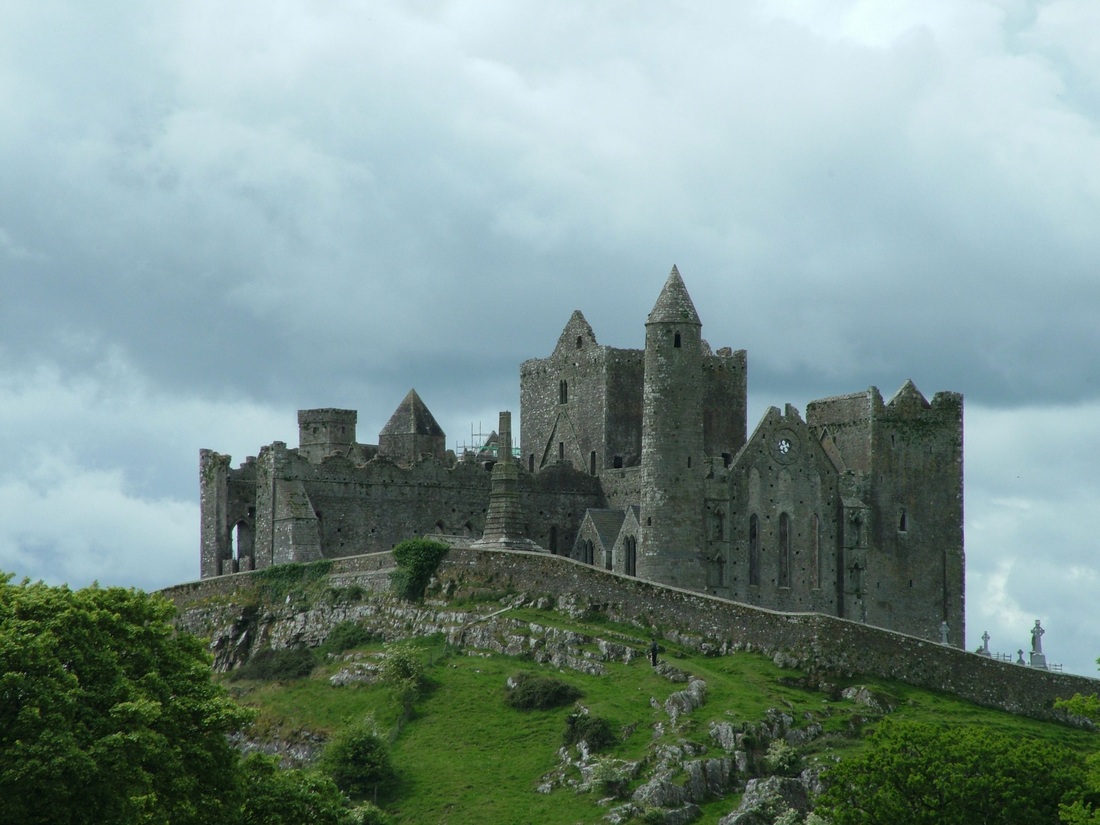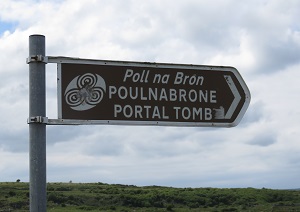As I said in the first installment, I want to remember everything so these posts are going to be long. So don't feel bad if you just want to view the photos. If you want to learn some cool facts, though, read on...
DAY 2:
The castle is where the arch bishop lived and it was very much a fortress. It had double walls with passages in between so the Arch Bishop could run to safety should the castle be attacked. The spiral staircases went clockwise going up so that attackers, who were normally right-handed, when swiping their swords would hit the stone walls while the defenders going down could swing freely. Many attackers knew this, so they’d send their left-handed swordsmen first. Yay for them? There were also breaks in the walls called “murdering holes” which allowed defenders to pour boiling oil or water on the attackers below.
A lot more was learned but I don’t want to steal all of the docent’s thunder, plus it will give you incentive to go there. Instead I’m going to move on to the next place we’ll move on to the next place, Kilkenny Castle, a place I may have purposely lead you to mistakenly believe to be one of South Park fans’ favorite locations.
The castle has three wings, as shown in Exhibit A:
Fun fact: You know Julian Fellowes, the writer/creator of Downton Abbey? His great aunt lived in Kilkenny Castle. Her name was Sybil Inna Mildred Fellowes. Ring a bell? She married James George Anson Butler in 1915 and they lived there for a good, long time.
Later on, in 1967, the then owner, Arthur Butler sold the castle -- which had deteriorated greatly -- to the people of Kilkenny for 50 pounds. (Side note to Chicago peeps: He moved to Oak Brook, Illinois. The Butler family made their mark there, owning polo fields, the Butler National Golf Club – if you see the name “Butler” on anything in Chicagoland, it probably stems from this family.)
Now the castle is back to its former glory, filled with furnishings and artwork – some original to the castle, some not. One thing that caught my attention near a fireplace was something called a fire screen. I wasn’t allowed to take pictures inside the castle (boo hoo) but I loved the thing so much I'm going to tell you about it anyway.
But that's enough history for today. After we visited the castle we explored the town of Kilkenny, as we had the night before. It was one of my favorite places to stay...and not just because I'm a Simon Pegg fan. I mean, who wouldn't love a town that had a pub called this?
The town also had a cool mall with awesome shopping. It even had one of my favorite stores from back home. Take a look:
Anyway, that was Day 2. You can exit here or stick around for another Irish cultural observation. Today’s topic: Irish Language and Lingo.
In Ireland, almost everyone speaks English. Still, there are a few that don’t. They speak Irish – what we call Gaelic -- instead. It’s Ireland’s original language and a while back, it looked like it might die out. Then there was a cultural re-awakening and the Irish government decided to teach it in the schools. It's also on every government sign – whether it’s a road sign or some sort of directions or explanation. Here's an example:
As for those who speak English, they speak it with a super cool accent not unlike what you hear in movies. Only they don't use the sound th. Instead, they just use a "t". If a bunch of Irishmen think they’ll throw away their toothpaste, they “tink tey’ll trow away teir tootpaste.” This is just an example, though. I can’t imagine they’d actually throw away their toothpaste. Gingivitis is no one’s friend.
When it comes to favorite Irish words, I noticed many things are “lovely” and “grand.” If someone’s really tired, they’re “wrecked.” The world “crack” (spelled craic over there) means fun. Like if you had a great time last night, you’d say, “We had great crack at the pub last night.” (Word of caution: Don't use this phrase in the States. It might result in an intervention followed by rehab, and that would be “mental,” the word Irish folk like to use for "crazy.")
Like the English, sweaters are “jumpers” and elevators are “lifts.” French fries are “chips” and chips are knows as “crisps.” “To go” cups are “take away” cups, instead. Older shop-keeping women called me "love," particularly after I bought something expensive from them.
Anyway, I’m sure there are many more words and phrases I missed, but those I did hear made me smile.

















 RSS Feed
RSS Feed








